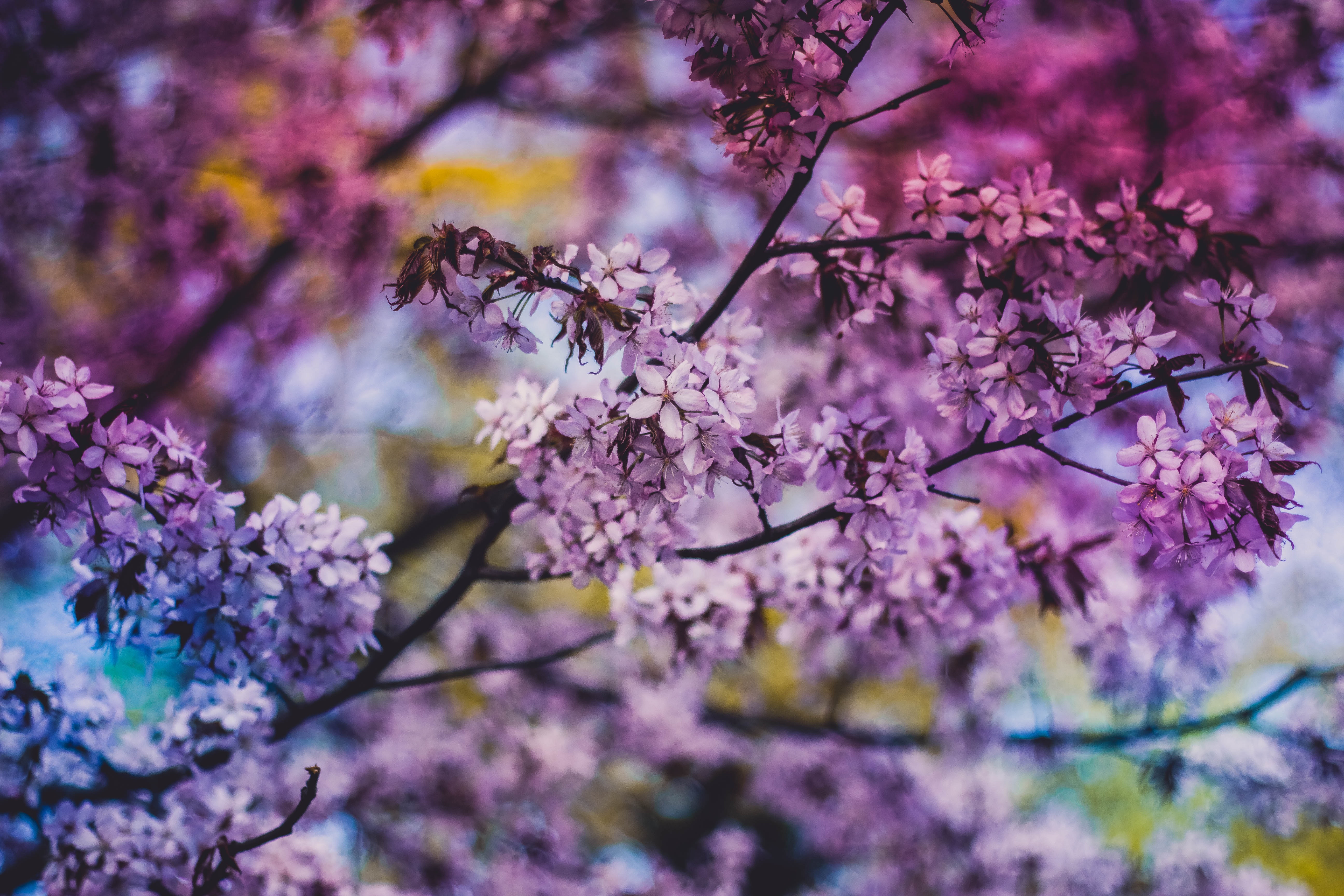
As a young girl of maybe seven or eight, I recall running barefoot in my grandmother’s garden, ample lilac bushes the aromatic equivalent to the soundtrack of my childhood.
Lilacs were also a central theme in her own mother’s garden, the ambrosial scent burying itself deep in the memory-rich olfactories of the many friends who visited, and the cousins, nieces, nephews, children, and grandchildren who played amongst the flowers.
Beginning long before I was born, my great-grandmother’s backyard oasis was something of a town treasure, known by many in the community of a naturally dry and somewhat barren agricultural region of Eastern Idaho. The garden presented beautifully — and it was somehow both perfectly manicured yet possessed a touch of wildness that every true botanophile can appreciate.
There were plenty of celebrations in that garden — weddings, tea parties, baby showers, and many impromptu gatherings. And for every occasion held at just the right time during spring, the lilacs put on their show, generously bestowing all in attendance with their sweet perfume.
Today, my great-grandmother’s otherworldly garden as we knew it is long gone, the property’s new owners having far less sentimentality (or sense, in my opinion) so as to maintain the many species that graced the area. But I still remember those lilac bushes, perhaps more significantly than many other aspects of my childhood. And the lilacs now in my own garden are, in a sense, a gift from my matriarchs — a symbol of a complex heritage and a powerful reminder of the tenacious, resilient women who came before me and the women who may come after.
That why, when I arrived home from grocery shopping last week to two men with chainsaws (technically hired by my landlord) cutting down one of my three enormous lilac trees, I started to cry — right there in my front yard, grocery bags in hand.
Yes, I technically rent my home, and yes, I knew these professionals would be removing a problematic elm and its upshoots from another corner of the property. (Tree roots and plumbing don’t mix, y’all.) And while there are still two other lilac trees remaining, the suddenly bare space came as a shock. I occasionally referred to the triad as “the three sisters,” their striking and aromatic presence — and nearly identical size and shape — the pièce de résistance of my garden. I wondered if, since plants feel pain (in ways that scientists are only just beginning to understand), the other two were also mourning the loss of their kin.
I approached the men, gently asking about the removal.
“Well, we didn’t cut the whole thing down,” one guy said, eyeing the few remaining branches sprouting up through a broad, hacked trunk. “But most of it was growing up into your eaves and all these lines,” he explained, gesturing up at the roof. Understandable, sure. But the formerly lush and beautiful section of my yard was gone, and in its place was the plantlike equivalent of the mullet most of us performed on ourselves as kids.
I felt myself smile and say thank you, blinking back more tears. It was just an overgrown bush, after all. And, like a bad haircut, it would eventually grow back. First-world problems, I scolded myself. But it had been an exceptionally rough week, and I was already exhausted and emotional. Also, this garden had become, in many respects, a torch I carry for my grandmothers. Seeing such an unexpected hack job would be a travesty for anyone who finds solace in their garden.
Get a grip, I told myself. You’ve got work to do! So I hurried inside and put away my groceries, trying not to look out my kitchen window at the vacant space in the yard; rushing to my office to return emails, and trying to forget the sound of my now destroyed lilac tree being fed to the arborist’s wood chipper.
Well, it’s been a few days and I’ve mostly gotten over my initial sadness over that poor lilac tree’s unwilling sacrifice. I’m starting to adjust to seeing only two sisters — and the sparse remnants of the third. And just this morning, as I sleepily headed to the bathroom, I felt, for the first time since living in this home, the incredibly intense brightness of February sunshine streaming through my south-facing kitchen window. The light was so unfamiliar that I stood there for a full minute, stunned.
If that seems dramatic, you’re right. Because the moment couldn’t have been better scripted if it were a scene in a movie — you know, the scene where the protagonist experiences a life-changing epiphany, indicated by a sudden beam of light shining from somewhere out in the ether? I guess this wasn’t that much different, except I was standing there in my bathrobe with an unruly topknot and streaked mascara, mouth agape and slightly hung over — but blinking just the same at my own epiphany.
A few months ago, I watched a significant person coldly excuse themself from my life — and felt, as I had the day the lilac went away, equal parts shock and resignation. Similarly, there was nothing remaining for me to even attempt to fight for; the proverbial tree had already been cut down, it’s branches dragged away and pulverized far out of sight. I had cried then, too, and looked away, trying to forget.
And I thought I had forgotten — at least, until this view from my window reminded me, sharply, of both the beauty that had disappeared from my life and what had graciously appeared in its place.
Sunshine.
This literal sunshine awoke me from both literal exhaustion and an unshakable mental stupor that has left me restless and distraught in recent weeks. And in those bleary-eyed minutes and the several dazed hours that followed, I realized something: that sometimes the very things we grow fond of and even come to love — however purposeful, or enjoyable, or fulfilling — can become overgrown and unruly. Sometimes they need to be cut back, and sometimes they even go away completely and without notice. Those losses are often painful, even devastating. But sometimes, when we look in the now-empty space they once filled, we realize those things were either obscuring the sunshine or that there is still sunshine to be felt even in their absence.
Without that lilac tree providing shade, there is still a void — where I can now see my neighbor’s questionable lawn art and 19th-century farming implements — but in that void, space has opened up for me to notice and appreciate other things I may not have otherwise seen.
Just this afternoon, as I was washing a dish at the kitchen sink, I looked up and out the window at a large bird flying high overhead. As it approached, I realized it was a giant owl (species unknown, but a magnificent patronus just the same). Spiritually speaking, owls are, in several cultures, associated with great wisdom and foresight — gifts I can surely use, especially during times of loss and renewal.
Earlier this evening, I began writing an ode to my lilac tree in the form of this blog post. I reveled in the memories of my late grandmothers, of things I’ve loved and lost, and of those fragrant blossoms I still remember so vividly — the latter of which will soon again be a reality. I marveled at the spectacular sight of that huge owl flying right over me, as I stared open-mouthed out my window for the second time today. But most of all, I sat in profound reverence and gratitude for the sunshine — for reminding me that light always reappears in even the most dark and empty spaces.

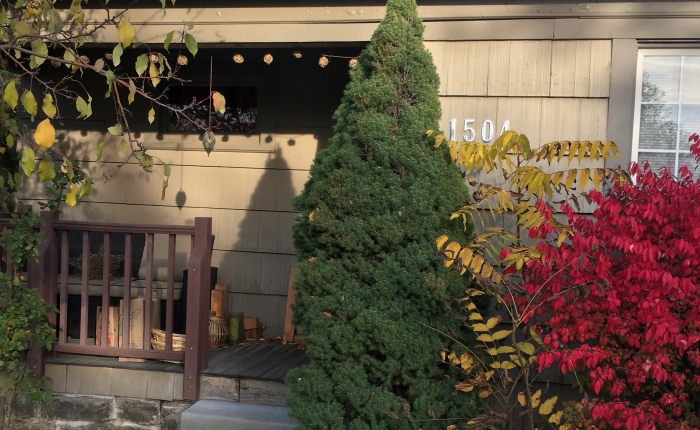

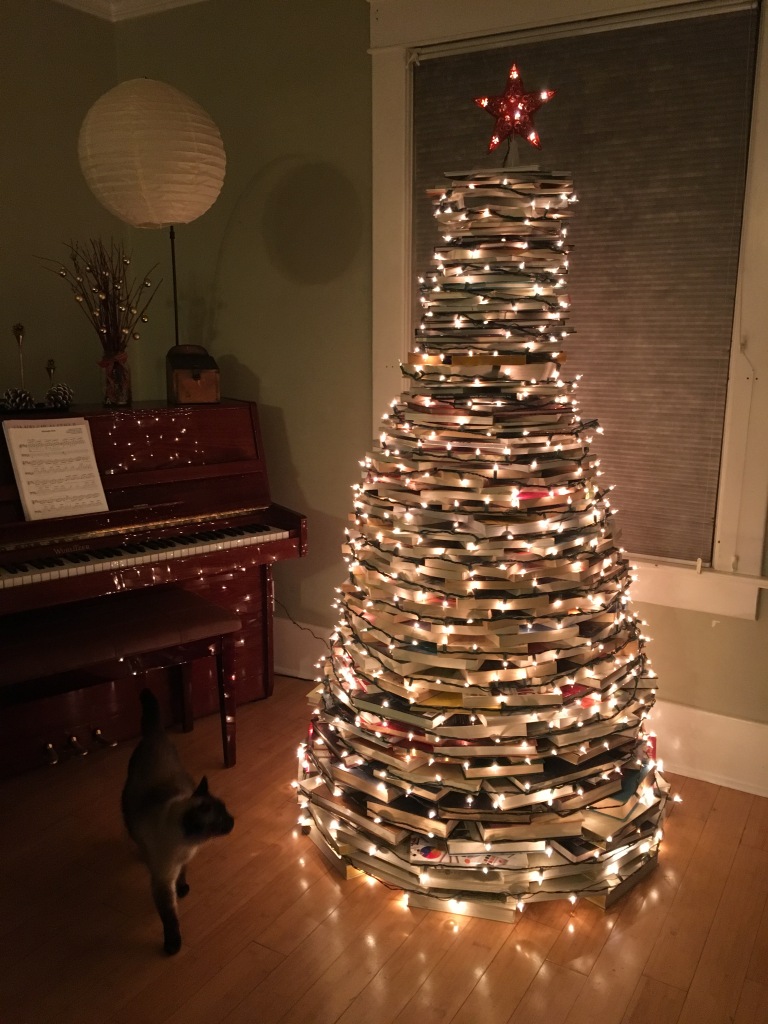
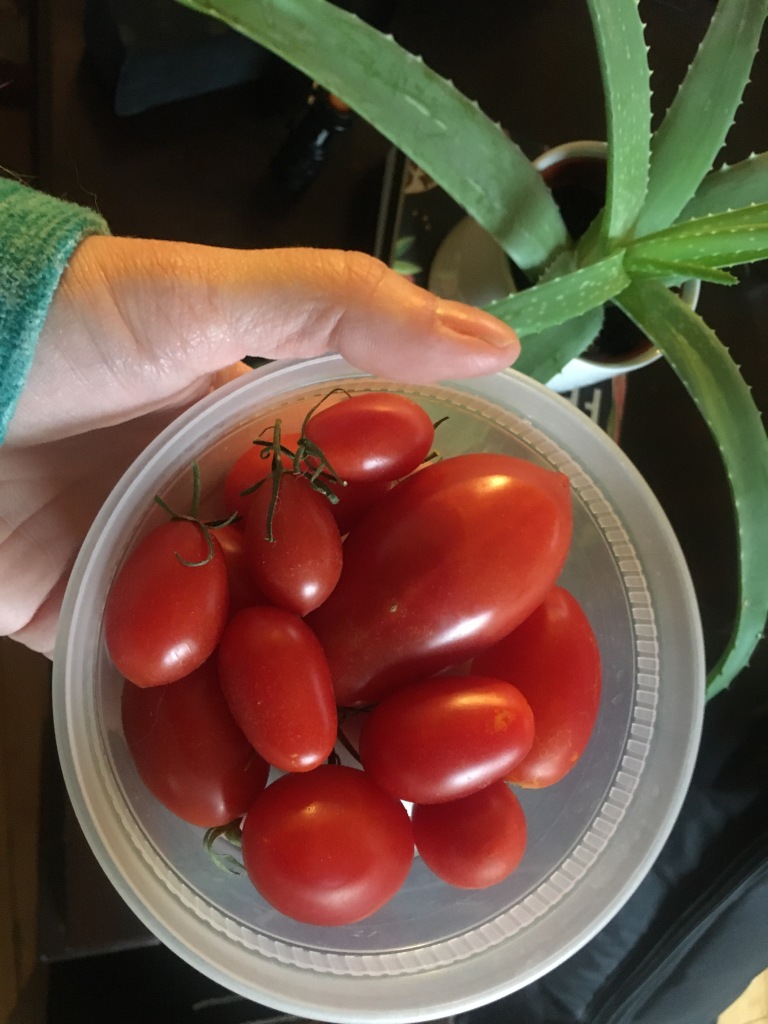
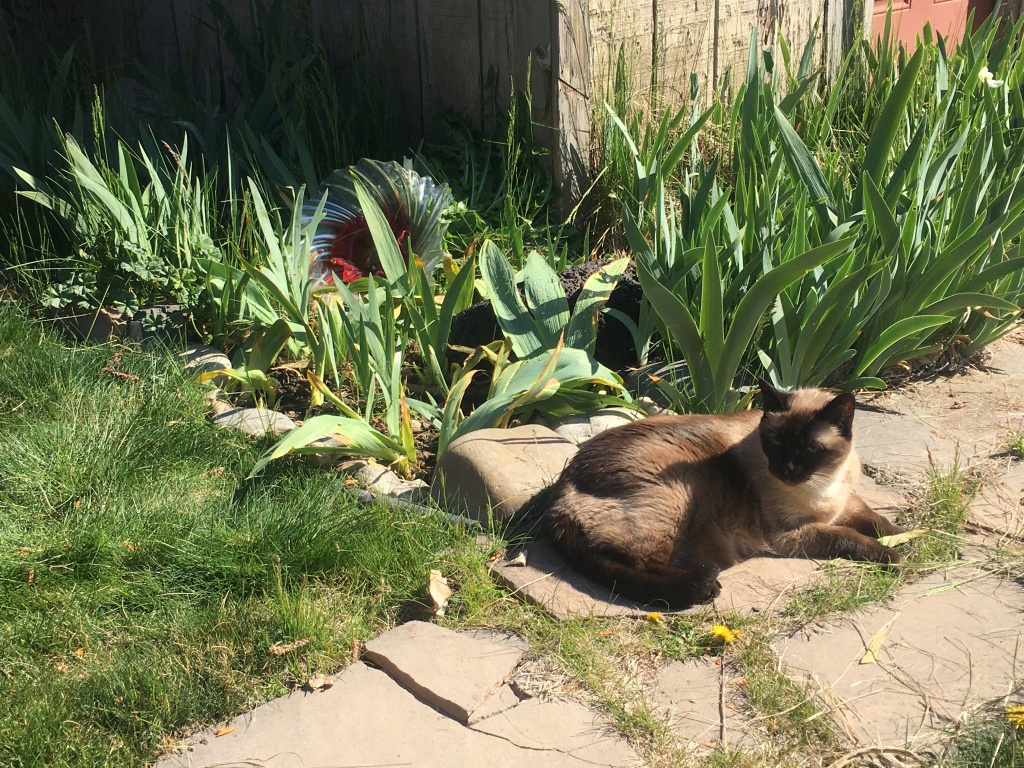
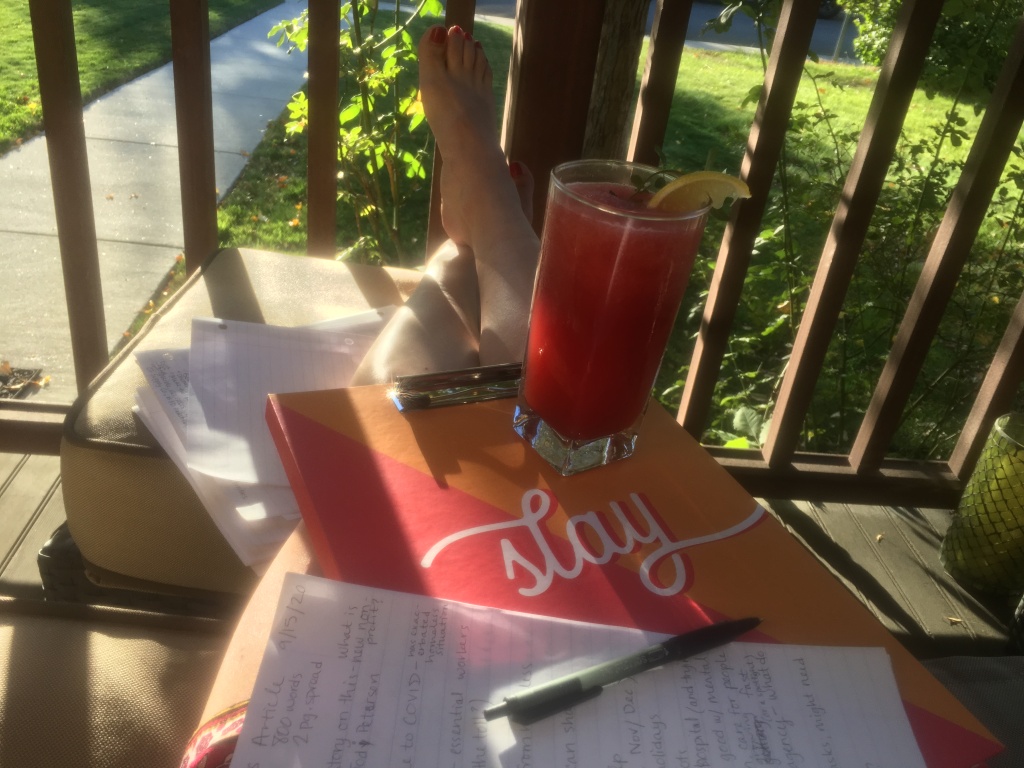
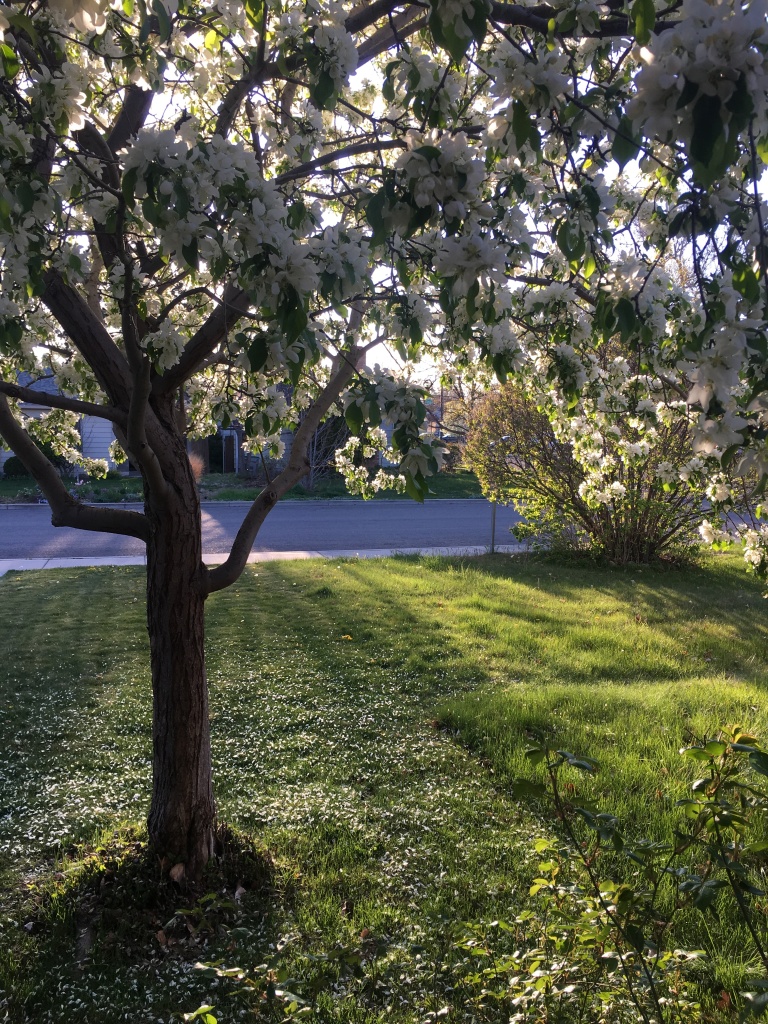






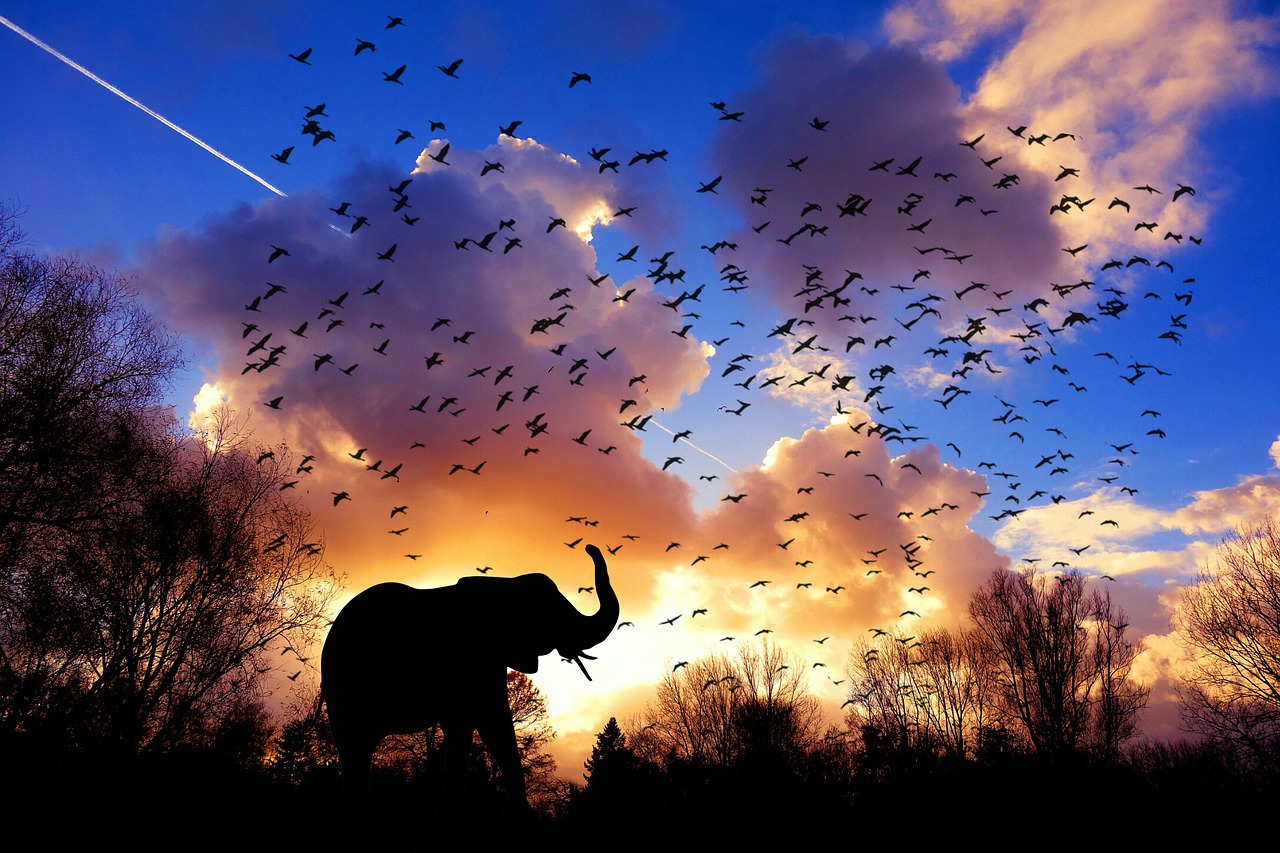


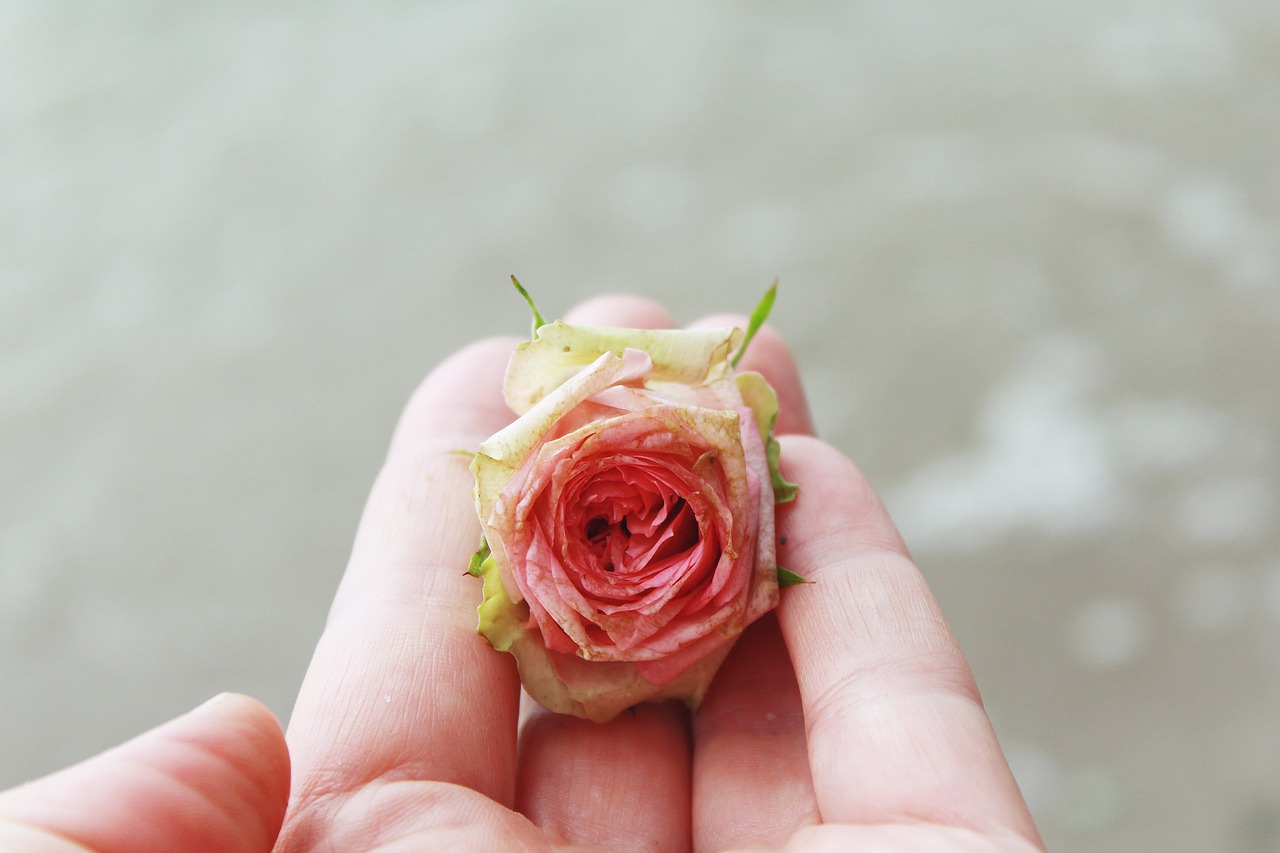
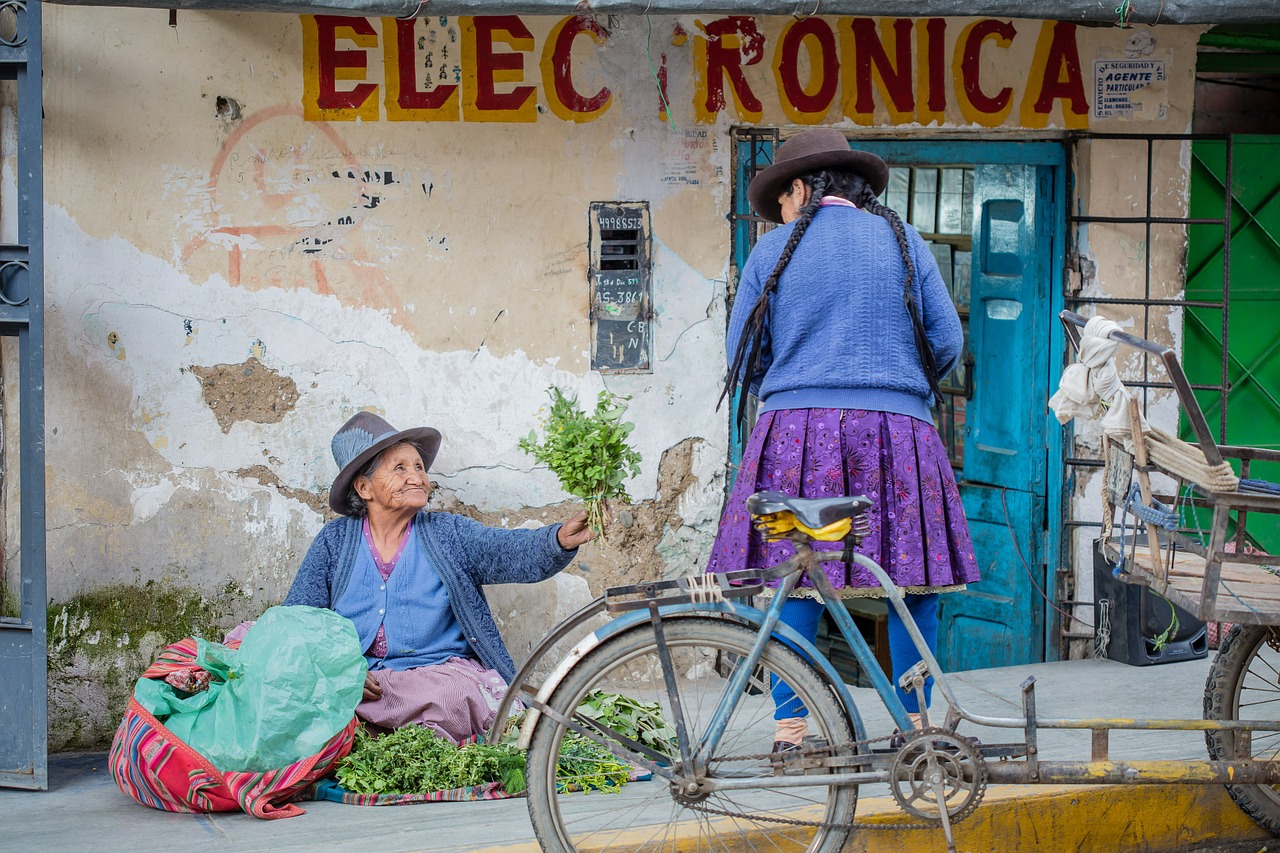
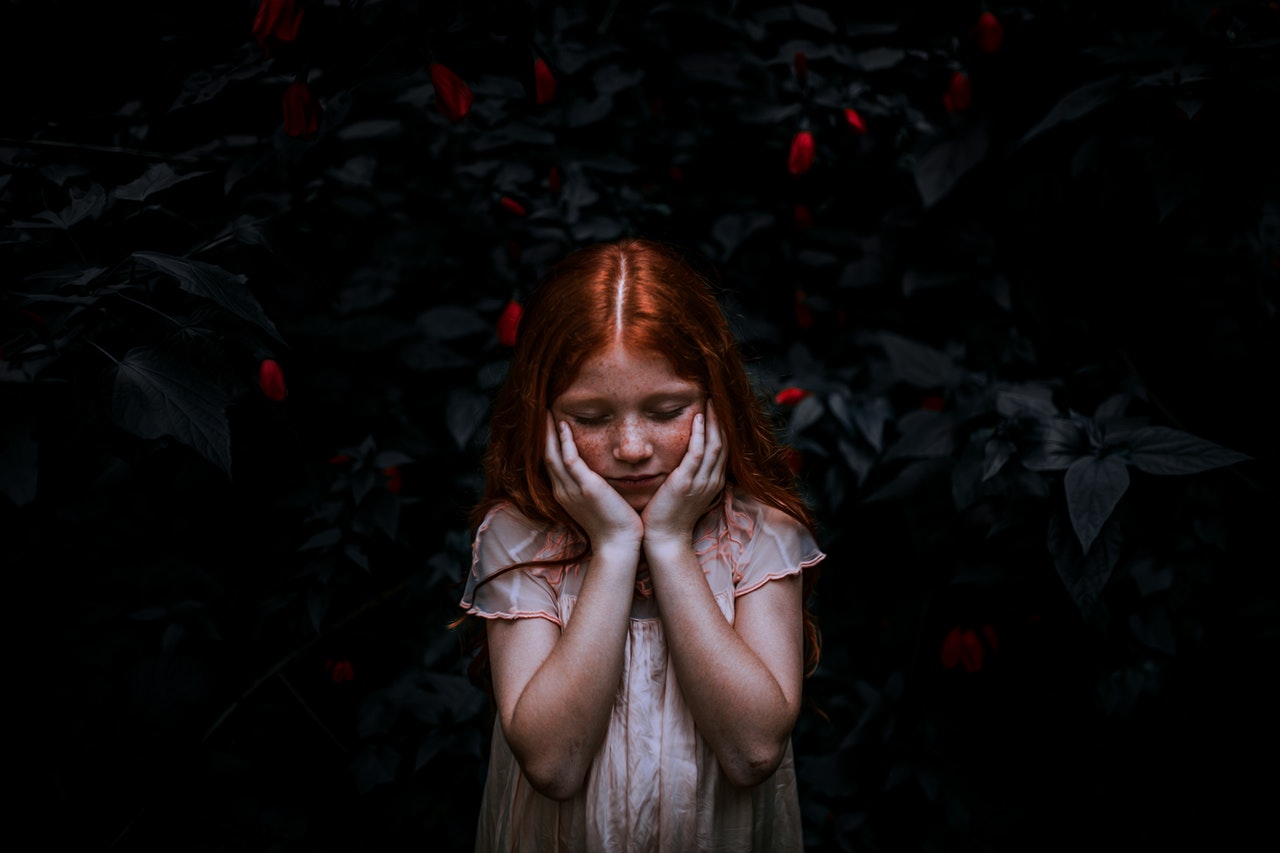




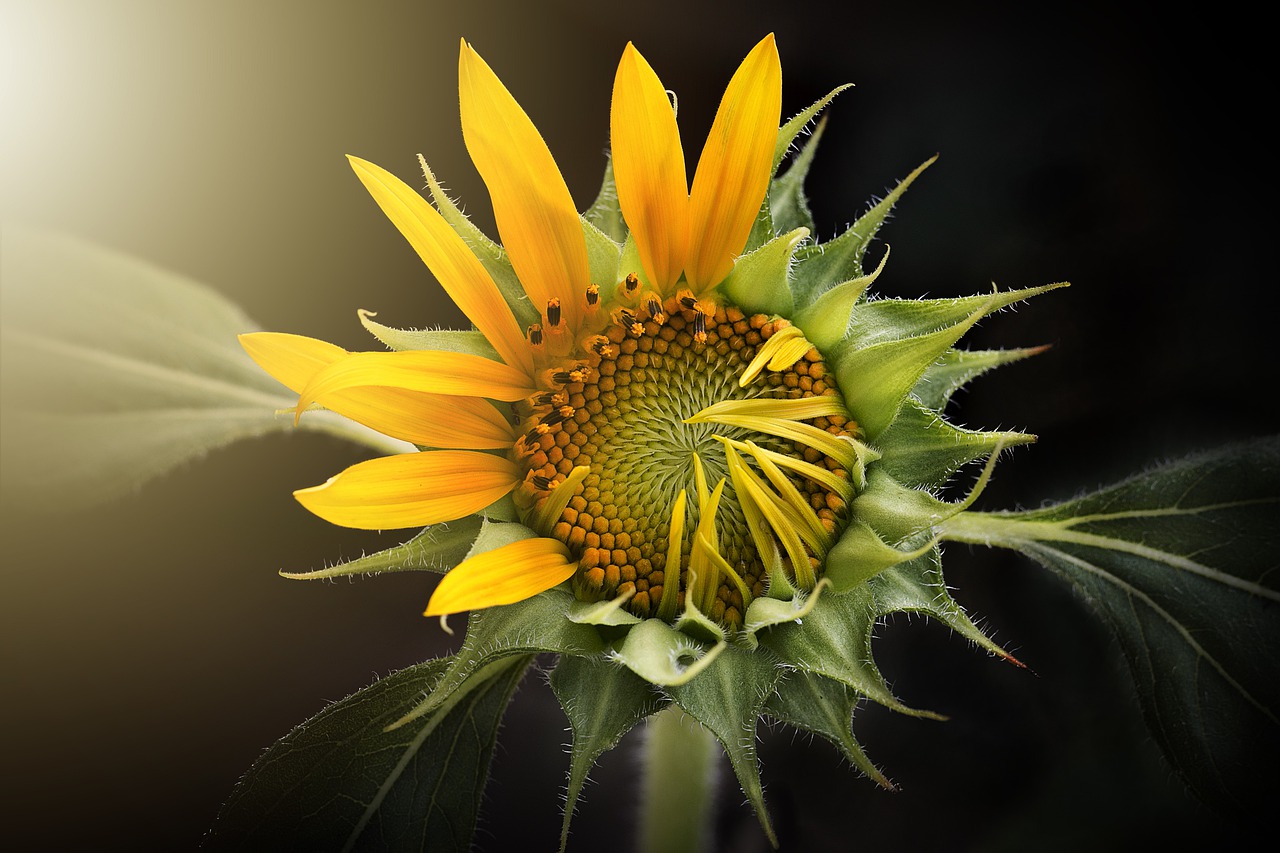
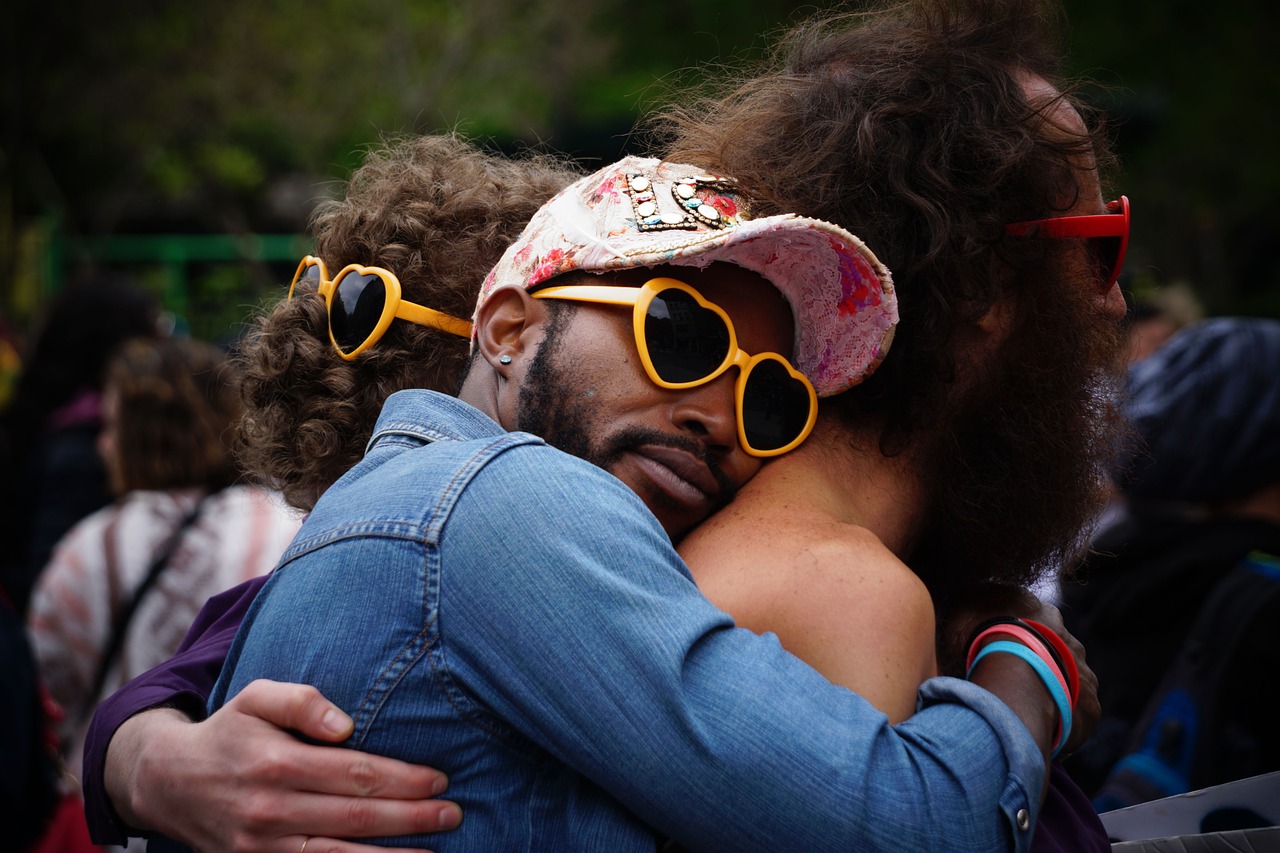
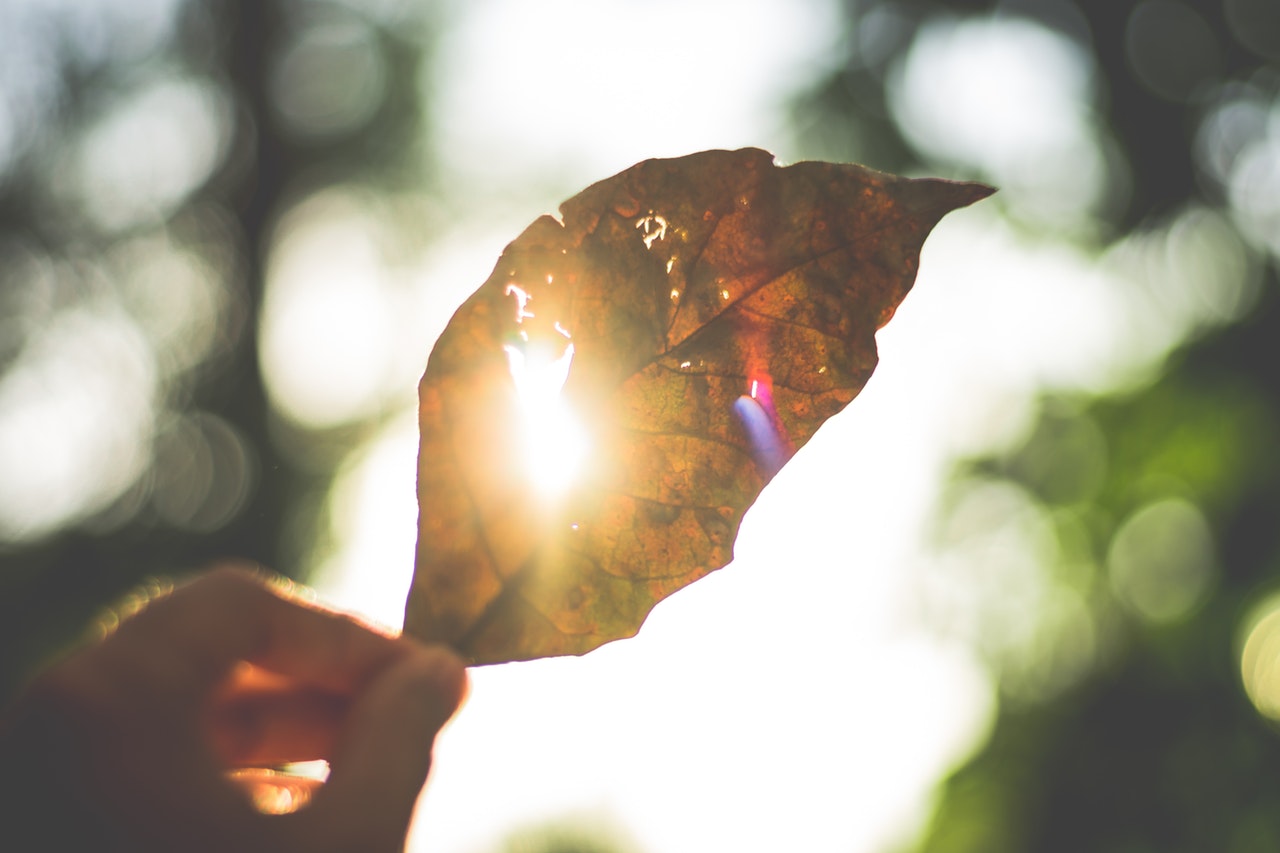


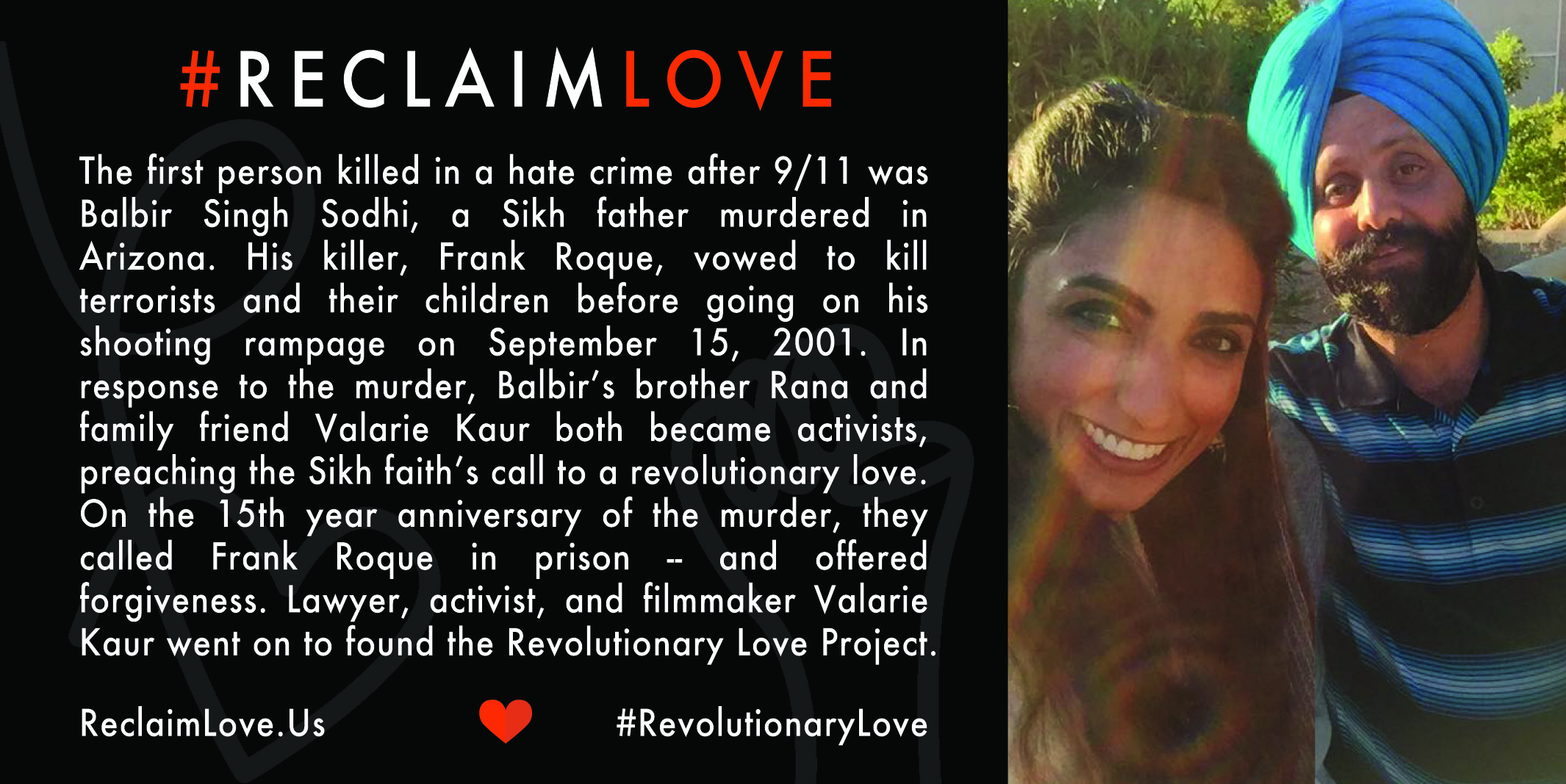

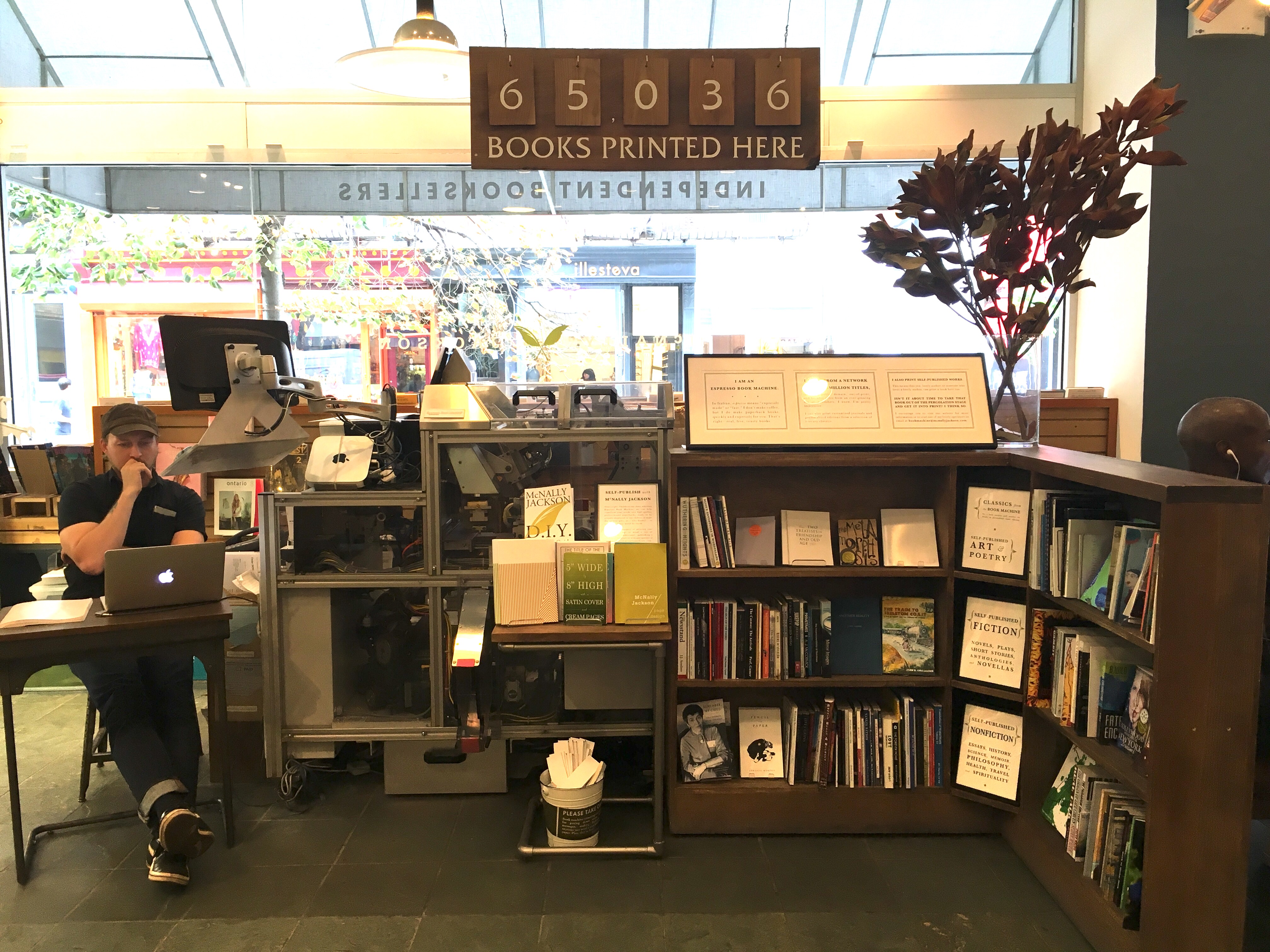
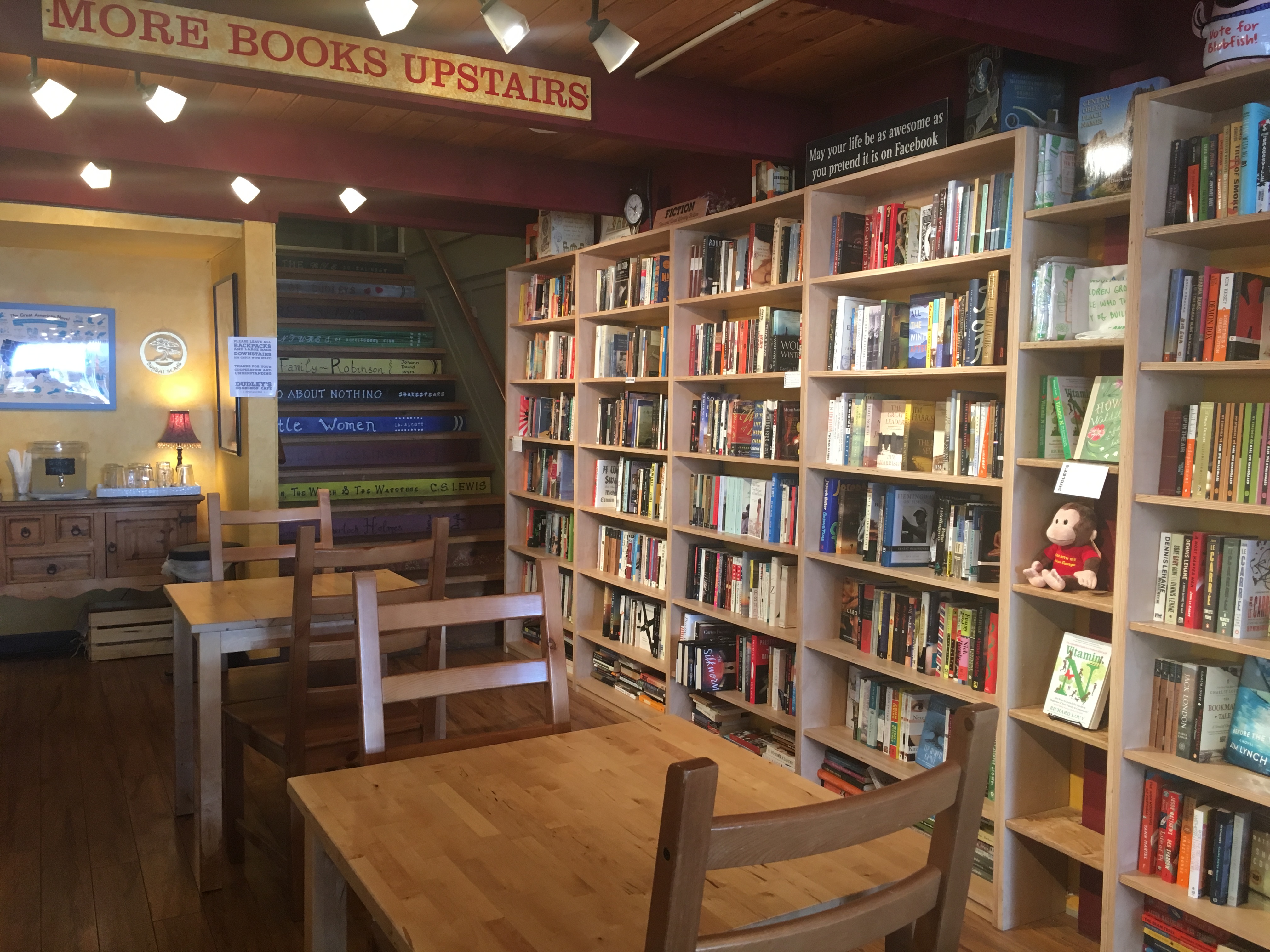


![The Power of [Revolutionary] Love](https://daleymuse.files.wordpress.com/2018/02/graffiti-heart-love-daley-muse.jpg?w=700&h=430&crop=1)